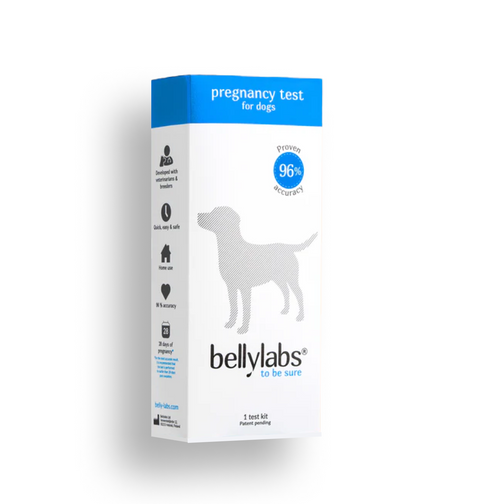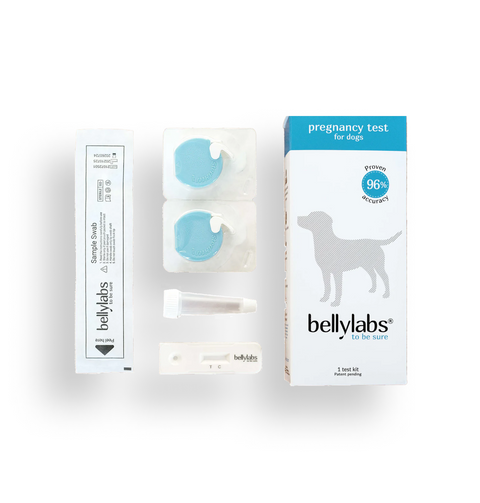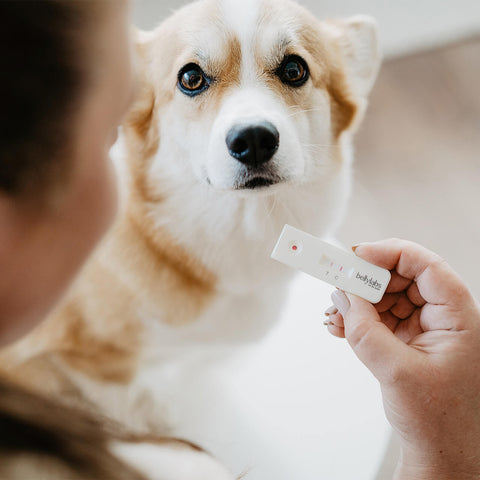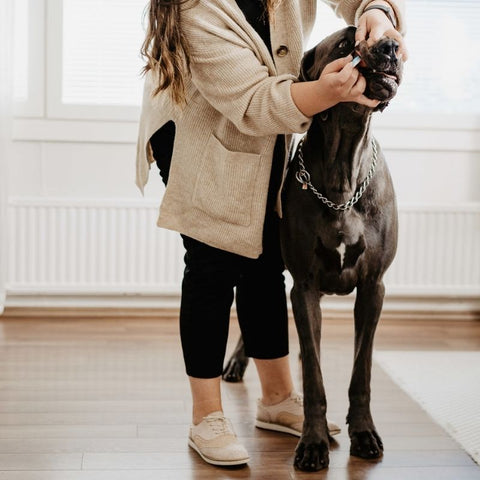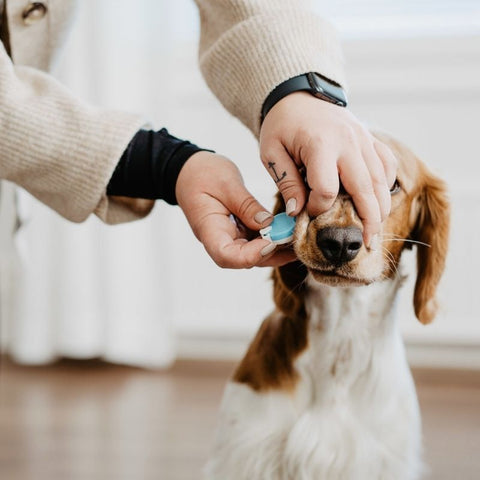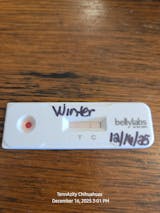Dog breeding is a rewarding but intricate process that demands precise timing and expert knowledge to increase the chances of a successful mating. One essential tool in the breeder's toolkit is the canine ovulation test. These tests, often referred to as "ovulation tests for dogs," help breeders pinpoint the optimal time for mating and increase the likelihood of a successful pregnancy. In this article, we will explore the significance of canine ovulation tests, how they work, when and why they are needed, and the various types of tests available, including canine ovulation blood tests.
Understanding the Importance of Canine Ovulation Testing
Ovulation is a pivotal event in the reproductive cycle of a female dog, marking the release of eggs from her ovaries, making it the optimal time for successful mating. Timing mating correctly is essential, as it can significantly affect the likelihood of a successful pregnancy and the birth of healthy puppies. Canine ovulation tests play a crucial role in helping breeders determine this precise moment.
These tests provide breeders with the ability to predict ovulation, thus allowing for controlled and planned breeding. This, in turn, increases the odds of a successful pregnancy, ultimately leading to the birth of healthy litters.
The Canine Ovulation Testing Process
- Canine Ovulation Blood Test ie progesterone testing:
- A progesterone blood test is a highly accurate and reliable method to determine ovulation. It involves measuring specific hormones, progesterone in the dog’s blood. This test can provide a precise assessment of the stage of the dog's cycle, making it easier to predict ovulation accurately.
- Vaginal Cytology:
- Vaginal cytology is one of the oldest and most accessible methods for tracking a dog's reproductive cycle. It involves collecting vaginal cell samples at regular intervals and examining them under a microscope. The changes in the structure and appearance of the vaginal cells provide clues about the dog's stage in the estrous cycle, including the approaching ovulation.
When to Perform Canine Ovulation Testing
The timing of canine ovulation testing is crucial to ensure a successful breeding. The appropriate time to begin testing can vary among individual dogs and breeds, as they may have differing reproductive cycles. However, here are some general guidelines for when to start canine ovulation testing:
- To get an early indication of the approaching ovulation, breeders may start baseline testing when progesterone levels are still low (around 2 ng/ml). This is usually after a couple of days after you notice bloody discharge from your female.
On average breeders need to test between 2 to 6 times to successfully pinpoint ovulation.
Consulting with a veterinarian or reproductive specialist experienced in canine breeding is advisable to choose the most appropriate method and timing for your specific breeding goals. These vary greatly whether a natural mating is planned or for example frozen semen is used.
Progesterone levels for breeding:
To achieve a successful pregnancy, it's essential to understand the progesterone levels during a female dog's reproductive cycle. Here's an overview of progesterone levels for dog breeding:
- Baseline Progesterone Levels: In the early stages of a female dog's reproductive cycle (proestrus), her progesterone levels are relatively low, typically below 2 ng/ml. During this phase, she may exhibit behavioral changes, such as increased receptivity to male dogs and bloody discharge, but she is not yet ready for breeding.Levels below 2ng/ml are often referred to as “baseline”.
- Progesterone Rise: As the dog's cycle progresses into the estrus phase, progesterone levels gradually rise. Breeders often begin monitoring progesterone levels when they suspect the female is in estrus. It is typically recommended to start testing when progesterone levels are around 2-3 ng/ml. When levels reach 2-3ng/ml she is usually at Luteinizing hormone or LH-peak. Ovulation on average happens 2 to 3 days after this point.
- Ovulation: The key to successful breeding is to pinpoint the optimal time for mating, which corresponds to the surge in progesterone levels. This surge usually occurs when progesterone levels reach around 5-10 ng/ml. This surge indicates that ovulation is happening, and the female is ready for breeding soon. The exact threshold can vary among individual dogs, so regular progesterone testing is essential. If ovulation has been complete, you should witness a rise of at least 4 units by the next day. Canines ovulate immature eggs that are ready to be fertilized 2 to 3 days after ovulation.
- Post-Ovulation: After ovulation, progesterone levels continue to rise, peaking at around 30-50 ng/ml. At this stage, the female is no longer fertile, and breeding is less likely to result in a successful pregnancy.
- Pregnancy Confirmation: If breeding is successful, progesterone levels will remain elevated during pregnancy. Progesterone dropping below 2ng/ml indicates whelping within the next 24 hours. Pregnancy can be confirmed with a home pregnancy test after 28 days or more have passed from ovulation.
Canine ovulation tests or progesterone tests are indispensable tools for breeders and dog owners seeking to plan and control breeding for successful pregnancies and healthy litters. These tests help in pinpointing the optimal time for mating, which directly affects the chances of a successful pregnancy and allows you to know when she is due far more accurately. Whether through vaginal cytology, hormone-based tests ie canine progesterone blood tests, breeders can make informed decisions to maximize their breeding efforts.
It is essential to remember that the choice of testing method and timing may vary among individual dogs and breeds. Therefore, consulting with a veterinarian or reproductive specialist is highly recommended to ensure the most appropriate approach for achieving your specific breeding goals. With the right knowledge and resources, breeders can enhance their ability to produce healthy, well-cared-for puppies and contribute positively to the world of canine breeding.





